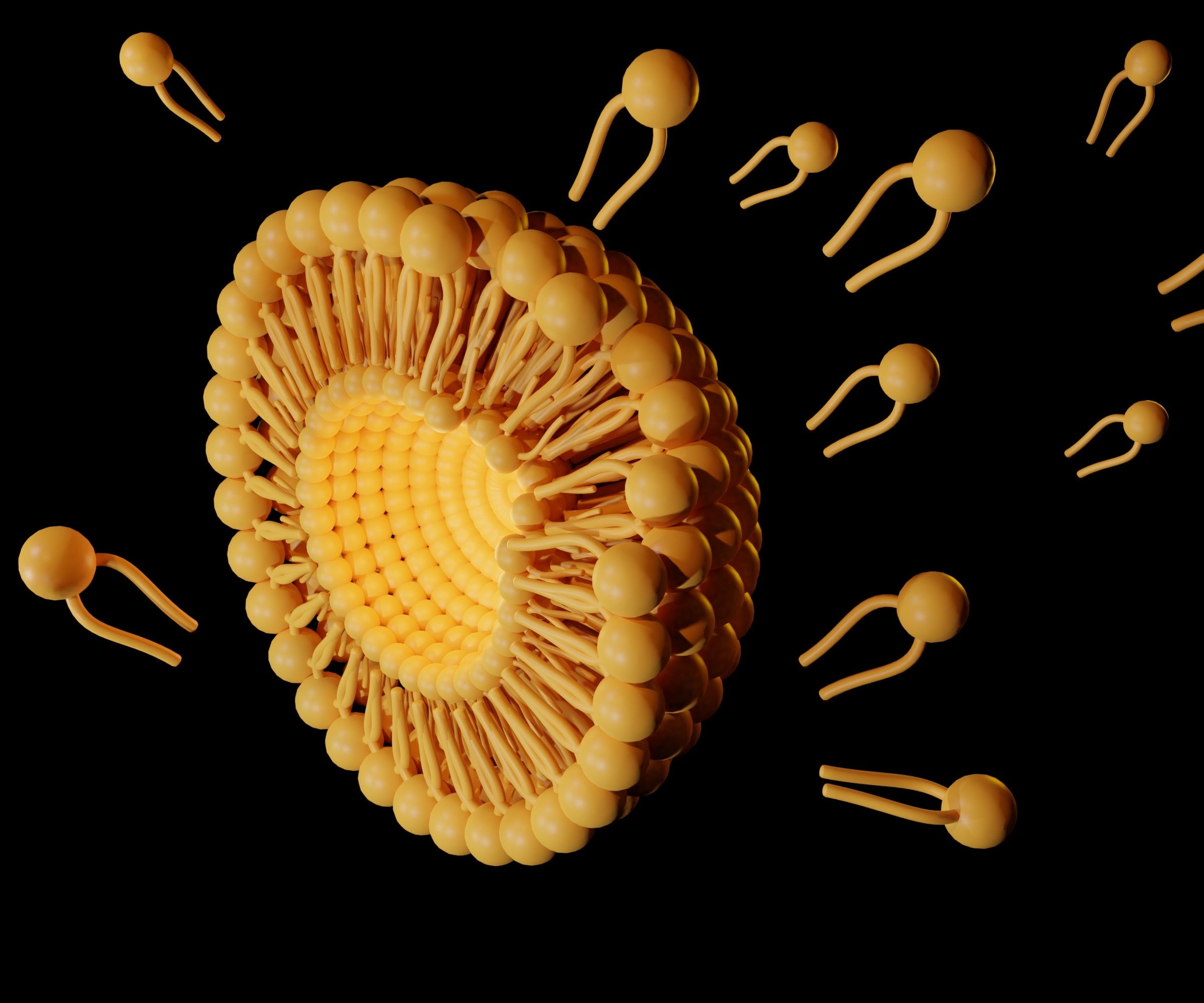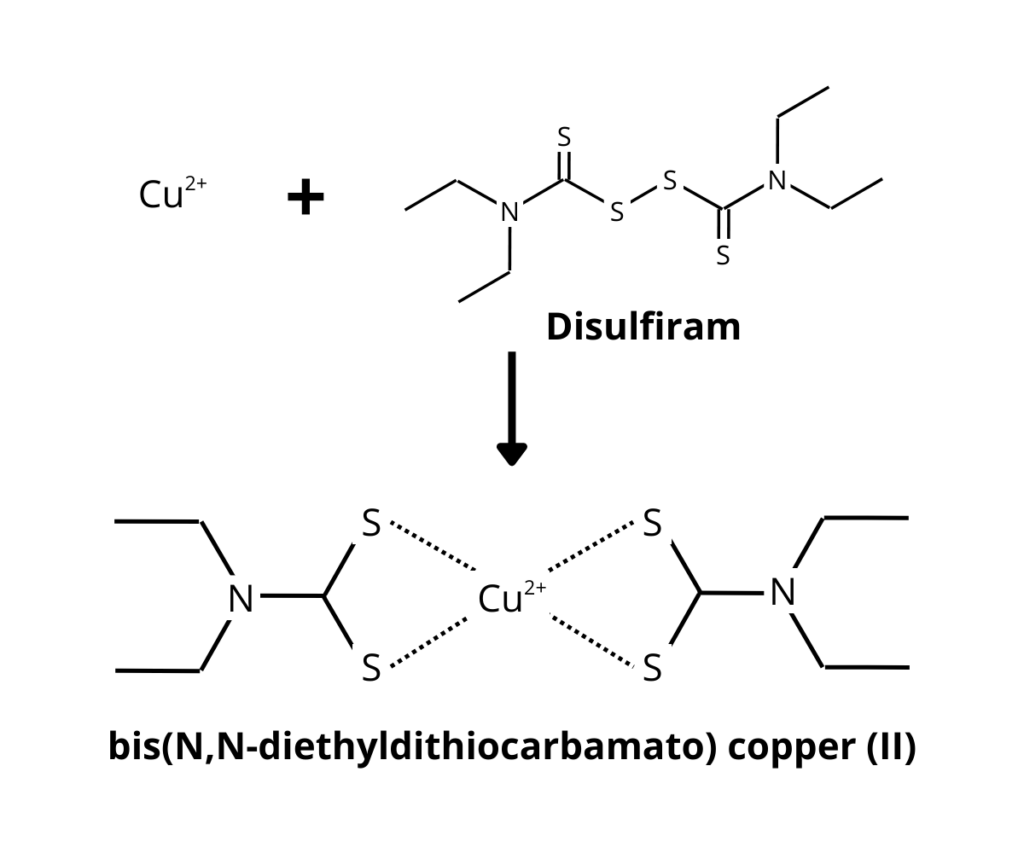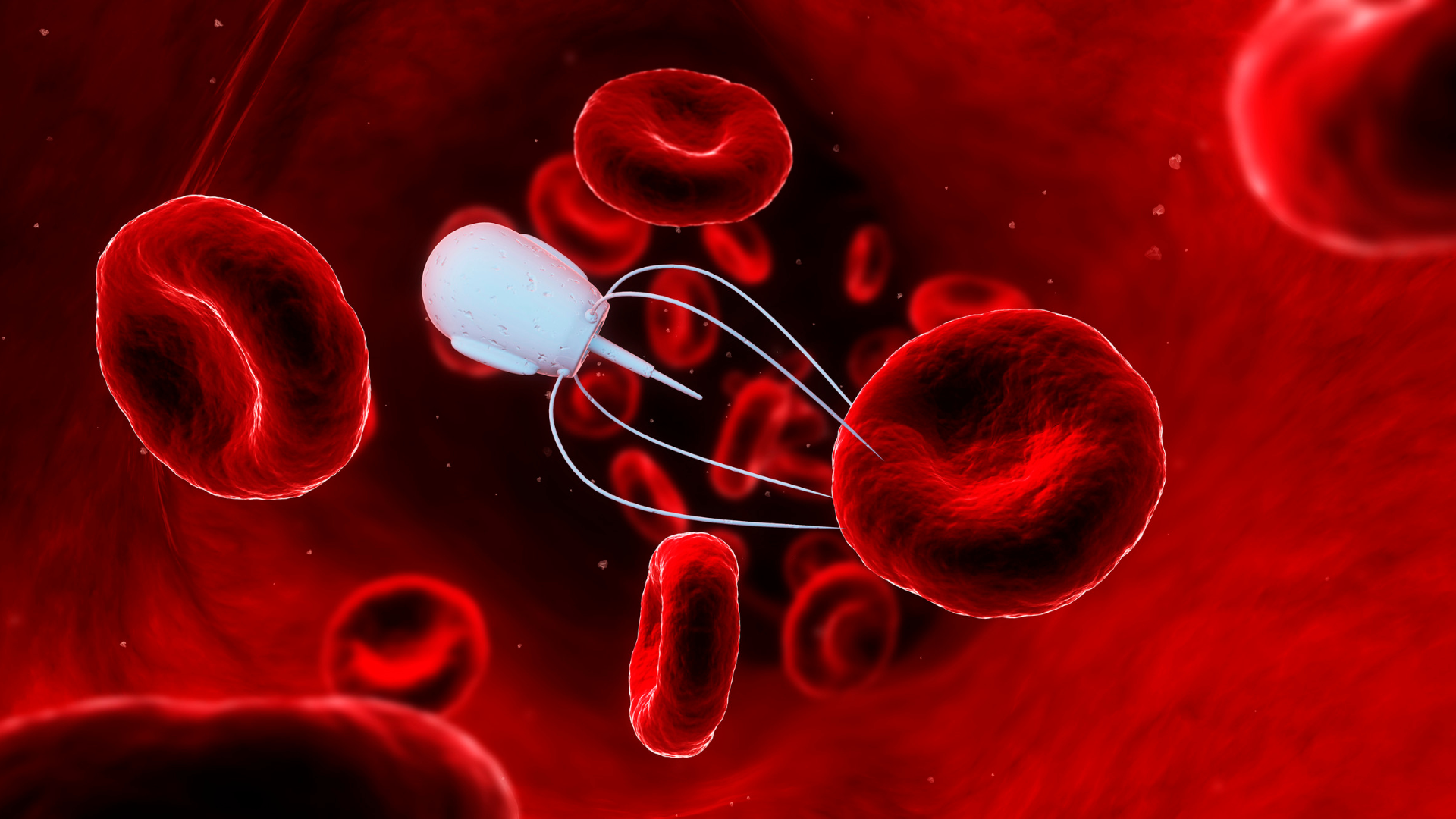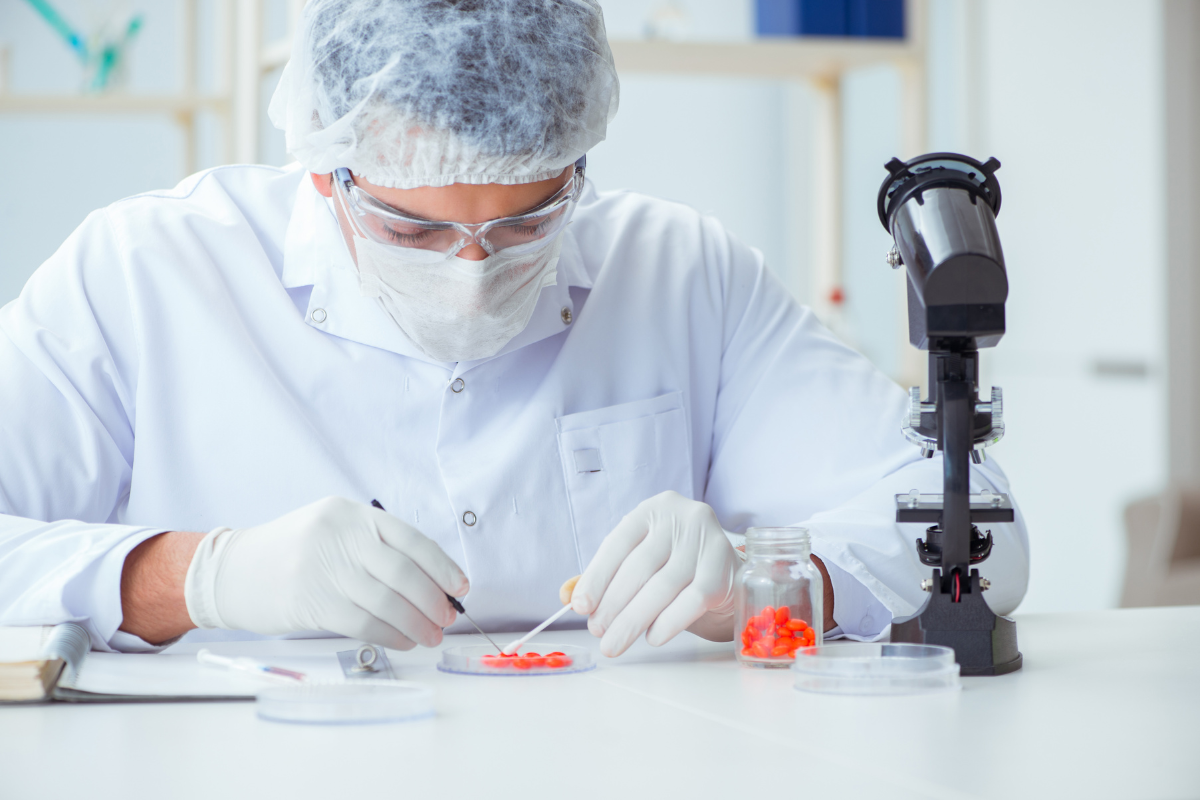“Teaching Old Drugs New Tricks”: Repurposing Therapies Using Nanoparticle Delivery

Edited by Tom Cohen
At Formulation UK 2022, Prof. Mohammad Najlah, Professor of Pharmaceutics & Nanomedicine at Anglia Ruskin University, talked us through an example of how nanoparticle delivery has been used to breathe new life into old pharmaceuticals. “Cancer is a huge burden for public health and the economy,” Prof. Najlah said at his talk Polymeric Nanoparticles to Facilitate Drug Repurposing for Cancer Therapy. He went on to outline some of the major challenges that the oncology field faces, among them being: “metastasis, toxic anticancer drugs and non-selectivity, the blood-brain barrier, and poor bio-distribution.”
- Realising The Potential of Nanomedicine – Formulation & Delivery Approaches
- Recipe to Success: Innovative Drug Delivery Systems
Acquired Resistance to Anticancer Drugs
A particularly difficult problem to tackle, according to Prof. Najlah, is acquired resistance: “it’s one of the biggest hurdles in cancer treatment.” The mechanism of acquired resistance in cancer is the formation of stem-like tumour cells. Random growth of cancer cells leads to the core of the tumour being forced to survive under hypoxic conditions. Cancers can adapt to these conditions, making them highly resistant to chemotherapy or radiotherapy. Those therapies cause the normal cancer cells to respond to the treatment and die, while the cancer stem-like cells live on.
Prof. Najlah exemplified acquired resistance to anticancer drugs by showing a slide depicting two types of cancer cells: triple negative breast cancer cells and colorectal cancer cells. He said that “after repetitive exposure to cancer treatment, those cancers develop a resistance to the treatment.” Prof. Najlah explained that the resistant cells express certain stem cell markers: “ALDH, CD44, CD133, et cetera…” Furthermore, he commented that the mechanism for multi drug resistance was P-glycoprotein. “The sensitive cells did not express P-glycoprotein, while the resistive cells expressed a huge band for P-glycoprotein.”
Teaching Old Drugs New Tricks
Prof. Najlah explained that the approach needed to combat these kinds of resistance is to “teach old drugs new tricks.” Developing new drugs is a massive process that requires an even more massive budget but prospecting already developed drugs for new applications may save time and money. “We have a very large library of already proven-safe FDA-approved drugs that may be our hero,” Prof. Najlah reported.
Drug repurposing is not a new idea and is already well established. Prof. Najlah explained that “there are business-case examples of drugs that have been repurposed for other treatments, including cancer therapies.”
Here, Prof. Najlah explained the journey of disulfiram, a molecule that made its way from use in rubber manufacturing to potential cancer therapy. Disulfiram was originally used in industrial sulphur vulcanisation of rubber, when workers that had been exposed to the chemical noticed that they developed undesirable side effects when they tried to consume alcohol on the same day. Essentially, they would develop a hangover as soon as they had their drink. Doctors soon realised that disulfiram could be used as an anti-alcoholism drug - “it was licenced and has now been used for over 70 years to treat alcoholism,” said Prof. Najlah.
It has since been discovered that when disulfiram is combined with copper into a complex (figure 1), the molecule can exhibit potent anti-cancer activity. Prof. Najlah demonstrated this by presenting three cancer cell lines of brain, breast, and colorectal cancers. Disulfiram showed minimal effect by itself, but when combined with copper, Prof. Najlah’s lab observed a complete elimination of all cancer spheres shown on the references.

Delivery Challenges
Despite disulfiram’s potent anti-cancer effects, it still presents a challenge when it comes to delivery. In order for the molecule to express its therapeutic effects, it has to be combined with copper in what is called a DDC copper complex. As Prof. Najlah explained, “this means that it cannot be applied as an oral anti-cancer drug, because the thiol groups will be enriched by the liver and will not be able to form a complex with the copper.” Therefore, due to the liver’s fast metabolism, oral delivery is not feasible.
Having exhausted the options for oral delivery, Prof. Najlah then turned to parenteral delivery of disulfiram. One problem is that disulfiram is poorly soluble in aqueous solutions – “which is not much of a challenge by formulation standards,” explained Prof. Najlah, adding that the real problem is that it is “highly unstable in biological media.” Disulfiram gets quickly degraded in the blood making its half-life only about four minutes.
Prof. Najlah concluded that nanoencapsulation was the way forward in trying to deliver this tricky compound. Encased in a nanoparticle, the molecule could be shielded from degradation. The method that Prof. Najlah’s team went with was to use PLGA nanoparticles – “the aim was to establish a balance between stability and toxicity,” said Prof. Najlah. He then explained that smaller nanoparticles would mean a larger surface area, in turn accelerating the reaction with enzymes and albumin. Considering this and the possibility for cytotoxicity, the Najlah team decided on a particle size of 160 to 200 nanometres.
By using PEGylated liposomes to provide more enduring circulation, they were able to keep to their target size and increase the stability. The team were able to boost the particle’s half-life from ten minutes to around two and a half hours. “These are very promising results,” declared Prof. Najlah.
“It eradicated whole colonies of the resistant cells.”
When studying their product, Prof. Najlah’s team deduced that they were able to produce the anti-cancer effect that they were hoping for. “Not only that, but they were also still effective against the resistant cancer cells,” Prof. Najlah said pointing to an assay barren of tumour cells. “It eradicated whole colonies of the resistant cells – even under hypoxic conditions,” concluded Prof. Najlah.
Prof. Najlah summed up by speculating that repurposing drugs to fight cancers may present a new hope for cancer patients. He said that nanoparticles are a useful tool for this type of drug formulation by ensuring their delivery and increasing their stability. The hope is that tackling the challenge of drug development smarter, may produce effective treatments for cancer indications.






